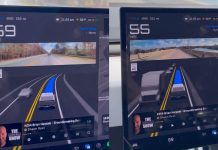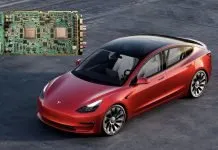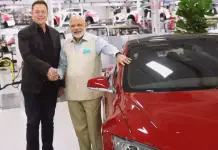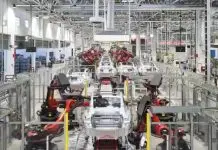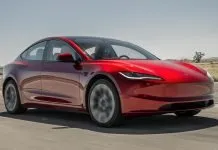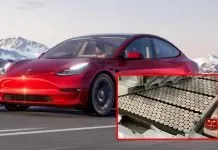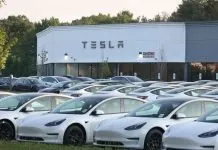Optimus, Tesla’s humanoid robot, will be produced and sold at prices the company considers ambitious for the industry, in a major development in the robotics industry. Confirming its intentions, the company said that the Gen 2 Optimus will cost around $20,000, much less than the average annual US salary, and that it plans to build 10,000 units per month for Gen 2 and an astounding 100,000 for Gen 3.
The decision demonstrates Tesla’s interest in robotics and matches what Nvidia CEO Jensen Huang has predicted: humanoid robots will be valued at $50 trillion in the future.
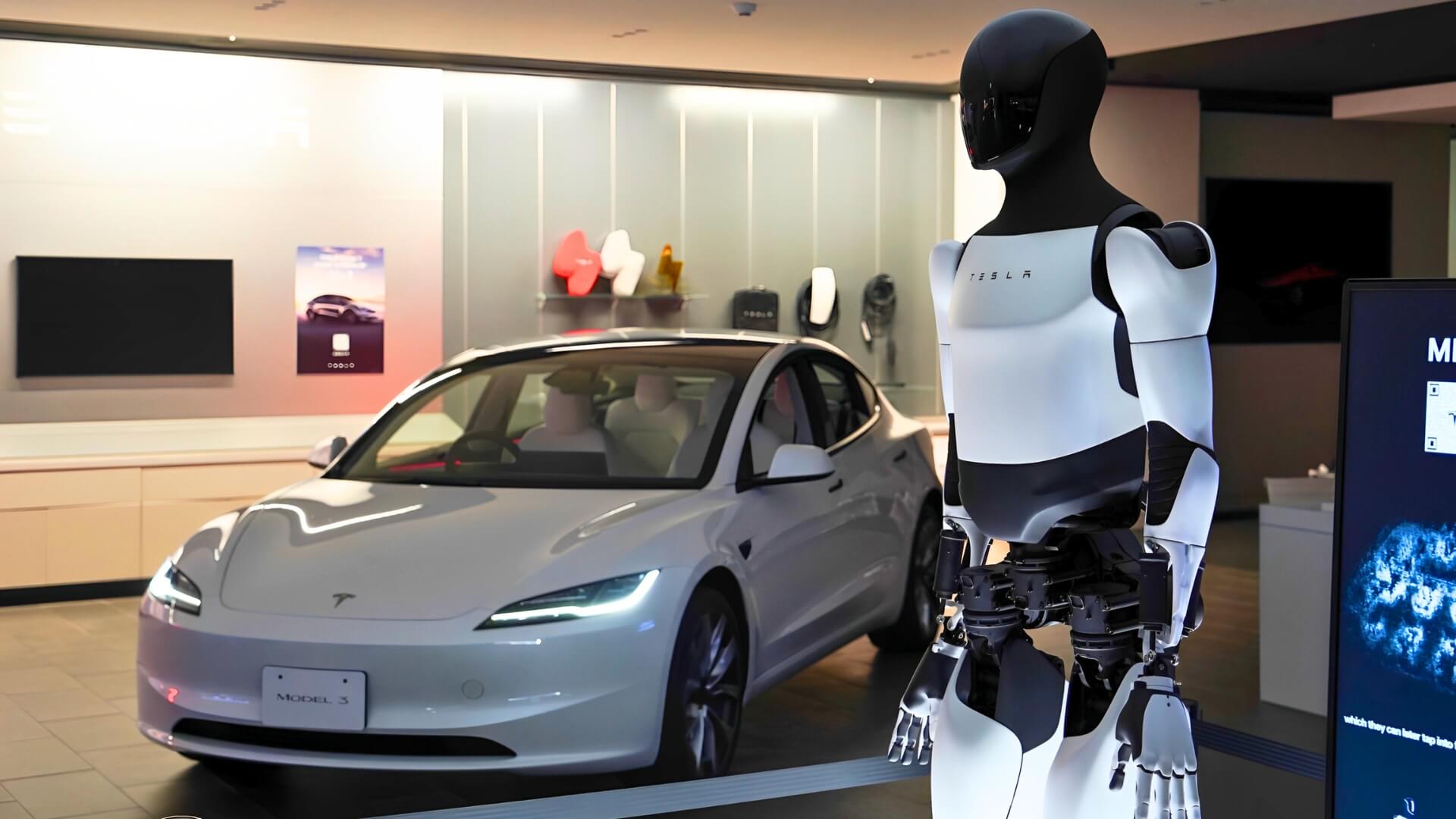
Morgan Stanley Called Optimus a $5 Trillion Opportunity for Tesla
Tesla’s Optimus humanoid robot is emerging as a potential cornerstone of the company’s future, with analysts projecting a $5 trillion market for humanoid robots by 2050. Morgan Stanley estimates that by mid-century, approximately 1 billion humanoid robots could be deployed globally, primarily in industrial and commercial settings. Tesla’s Optimus, designed to perform tasks ranging from manufacturing to household chores, positions the company to capitalize on this burgeoning market.
Elon Musk envisions Optimus as a transformative product, potentially surpassing the value of Tesla’s vehicle business. The company aims to produce thousands of Optimus units for internal use in 2025, with plans to scale up production significantly in subsequent years. This strategic move into robotics underscores Tesla’s ambition to lead in AI-driven automation, addressing labor shortages and enhancing operational efficiency
Tesla may be on the verge of shaking up labor economics with a price tag of $20,000 for Optimus. Most industries find this figure to be much less than what the average employee makes in a year, and it excludes ongoing costs for healthcare, benefits, and training. For this reason, Optimus offers cost savings and scalability for several manual and semi-skilled job types.
A humanoid robot with $20,000 pricing and 24-hour abilities might change the way jobs and services are given, starting from warehouses, to elderly care, and ending at retail. Optimus isn’t like the rigid industrial robots that only do one task in safe locations: it is designed for use in changing, human-friendly environments.
Manufacturing at Scale: Tesla’s Factory Vision
By unveiling the production roadmap, Tesla is walking the talk on launching Optimus in large numbers. The Gen 2, currently under development, is expected to manufacture up to 10,000 components per month when it starts production. Just this number exceeds the total yearly production of many robotics firms.
Unprecedentedly, Gen 3 plans to assemble 100,000 units each month. To reach that aim, Tesla is expected to rely on its current Gigafactory network and the robotics options it already has in place.
Thanks to its experience in making vertically integrated production lines, the company can likely achieve these aggressive targets better than its competitors.
Jensen Huang: A $50 Trillion Industry in the Making
The president of Nvidia, powering much of today’s AI revolution, recently predicted that robots resembling humans could be worth over $50 trillion. Huang mentioned the combination of important advances in artificial intelligence, robotics, and sensor technology as being most responsible for the dramatic growth.
According to Huang, the age of general-purpose robotics is here and was discussed at a recent industry event. “From now on, humanoids will not just share our lives but will join in work with us, at a large scale.”
Since Nvidia supplies key solutions in AI for Tesla, Huang’s statement is closely linked to advances like Optimus.
If Optimus can be successfully produced and sold cheaply, there could be big changes in the global job market. It may soon be possible for humanoid robots to take over jobs that once seemed unique to humans, which will affect both business and employment.
Still, these quick developments lead to problems involving ethics and regulations. We can expect questions about being replaced by machines, workers’ rights, and providing enough work for everyone to become more frequent when robots are easier to buy than workers.





